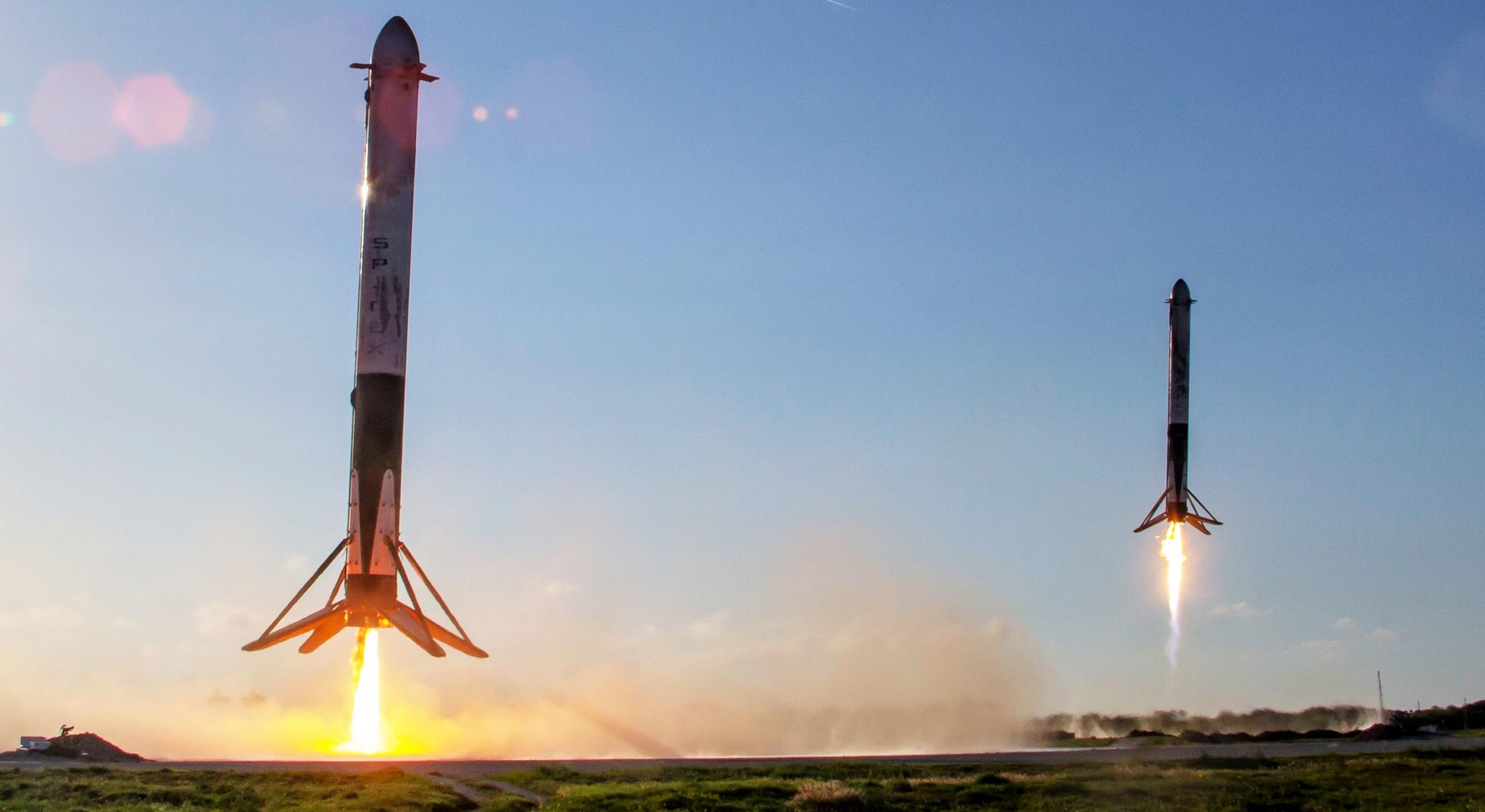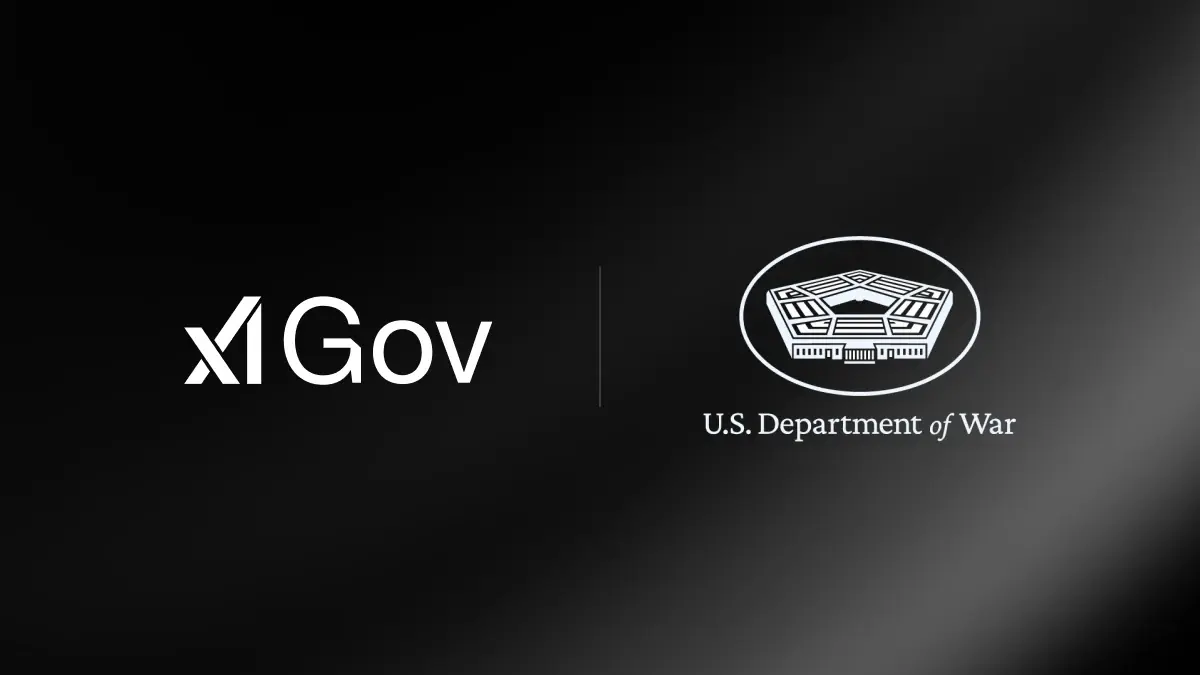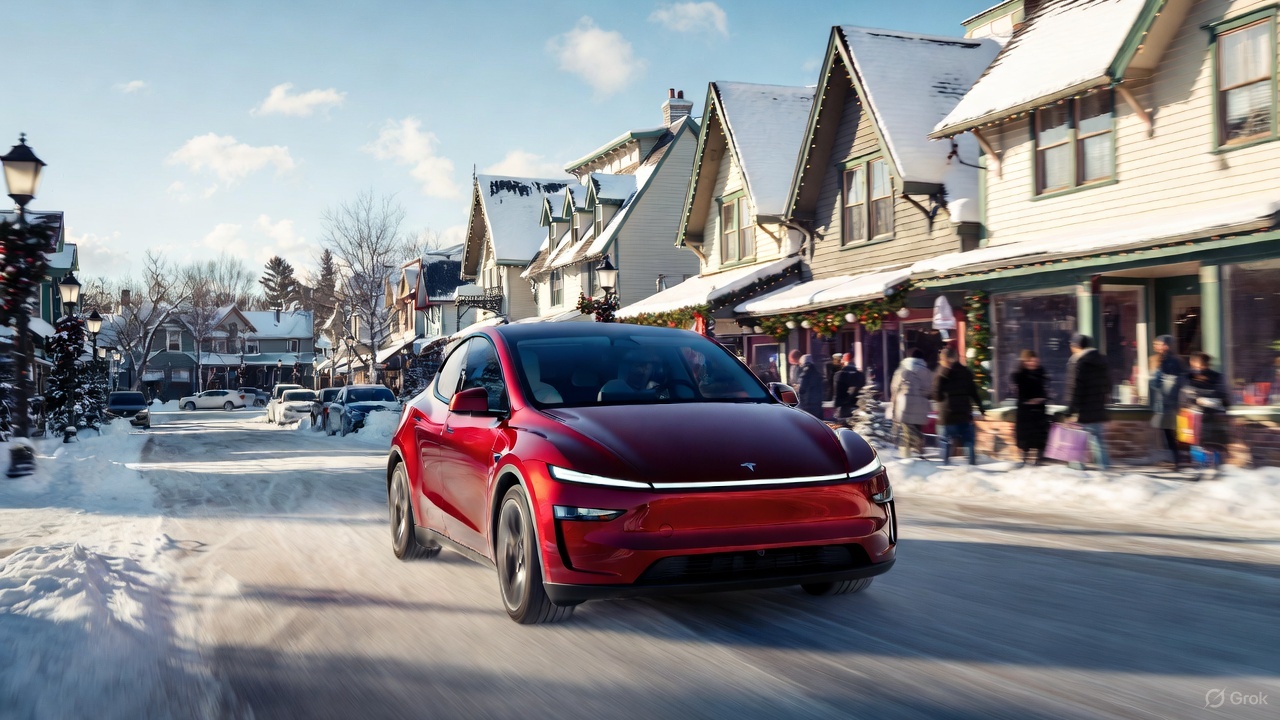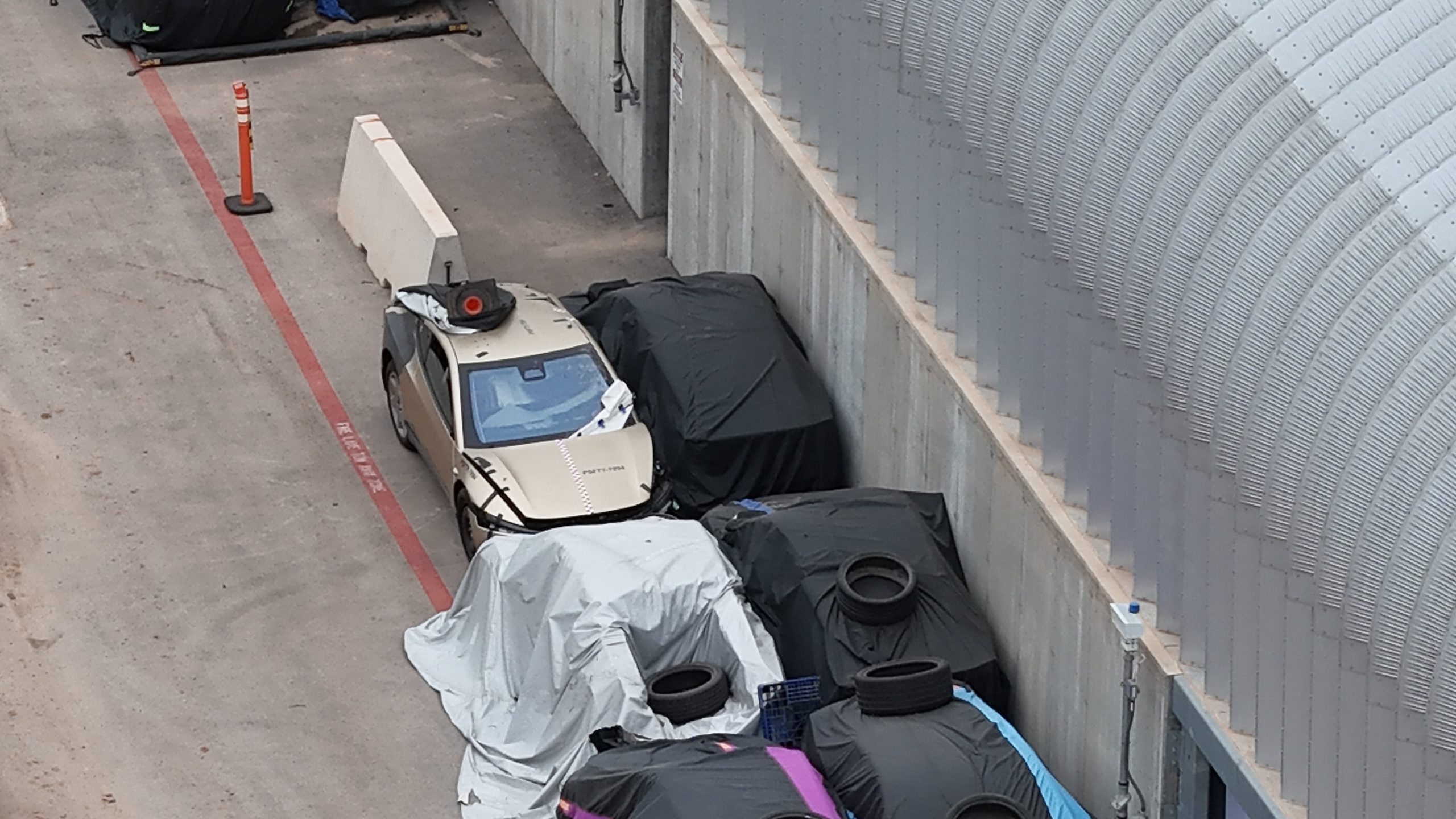

News
SpaceX’s first Falcon Heavy launch in two years is finally coming together
For the first time in more than two years, SpaceX’s next Falcon Heavy launch and dual-booster landing appears to be right around the corner – and it comes with a catch.
In February 2018, after years of anticipation, SpaceX successfully launched its triple-booster Falcon Heavy rocket for the first time in a spectacular show of force. Though the ‘center core’ booster got a little melty on its extremely high-speed reentry and was lost before it could attempt to land, the rocket’s twin side boosters performed an iconic near-simultaneous landing just a handful of miles away from where they lifted off.
Then Falcon Heavy took a good, long break. Ultimately, it would turn out that the debut vehicle was effectively a one-off and over the course of 14 months, SpaceX fairly quickly designed, built, and qualified an entirely new Falcon Heavy rocket based on Falcon 9’s new and improved Block 5 variant. In April 2019, after a few minor delays, that Falcon Heavy Block 5 rocket completed its own launch debut and first mission for a paying customer. This time around, all three boosters – two by land and one by sea – survived reentry and performed flawless landings on a drone ship and two Landing Zones.
A mere two months later, both of Falcon Heavy Block 5’s first two recovered side boosters flew again in support of the US Air Force’s STP-2 mission – a combined demonstration flight and rideshare mostly designed to push the rocket to its limits and help the military qualify it for high-value payloads. Once more, those side boosters successfully returned for a simultaneous landing at SpaceX’s Landing Zones but the mission’s Block 5 center core’s reentry was – as SpaceX itself partially expected – too hot, burning essential components and resulting in a hard ‘landing’ in the Atlantic Ocean. Otherwise, the mission was a spectacular success and gave the US military practically all the data it needed to qualify the world’s largest operational rocket to launch its payloads.
Shockingly, however, that June 2019 launch would end up being Falcon Heavy’s third and latest. In the almost 26 months since, the rocket hasn’t flown once. Originally scheduled to launch a fourth time as early as Q4 2020, the COVID-19 pandemic ultimately delayed the rocket’s next two launches (or gave the satellite manufacturer(s) perfect scapegoats for technical delays) into 2021.
Known as USSF-44 and USSF-52 (formerly AFSPC-44/52), both missions are scheduled to launch ethereal US military spy and/or communications satellites. USSF-44 is arguably the most important, as it will mark SpaceX’s first direct launch to geostationary orbit (GEO) for any customer – let alone one as exacting as the US military. USSF-52 is a much simpler and more traditional launch to an elliptical geostationary transfer orbit (GTO).
About a year ago, for unknown reasons, the two missions swapped positions, with USSF-44 taking the lead. Expected to launch in June 2021 as of early this year, SpaceflightNow first reported that USSF-44 had slipped further still to October – and USSF-52 into 2022 – this May. Since then, that’s where the mission’s schedule has tentatively lain.
Finally, on August 12th, SpaceX filed an FCC application for rocket communication permissions. While otherwise ordinary, this particular request stated that it was for Falcon Heavy recovery operations and, more specifically, for the simultaneous recovery of two Falcon Heavy boosters at sea. Out of an abundance of caution and conservatism and combined with the generally challenging nature of direct-to-GEO launches, Falcon Heavy’s first such mission for the US military will require SpaceX to expend the rocket’s center booster and recover both side boosters at sea with two separate drone ships.
Falcon Heavy’s USSF-52 GTO launch isn’t as demanding and its mission profile is expected to allow SpaceX to recover all three boosters. As such, an FCC filing for a dual-drone-ship Falcon Heavy side booster recoveries practically guarantees that it’s for USSF-44. Per the application, SpaceX expects the mission to occur no earlier than September 25th. Almost simultaneously, launch photographer Ben Cooper also updated a long-running list of upcoming East Coast launches, confirming that Falcon Heavy’s fourth launch (USSF-44) remains on track for October 2021.
Ultimately, while delays are possible and likely probable, there now appears to be a strong chance that Falcon Heavy will launch for the first time in 28 months before the end of 2021.

News
Elon Musk’s Grok AI to be used in U.S. War Department’s bespoke AI platform
The partnership aims to provide advanced capabilities to 3 million military and civilian personnel.

The U.S. Department of War announced Monday an agreement with Elon Musk’s xAI to embed the company’s frontier artificial intelligence systems, powered by the Grok family of models, into the department’s bespoke AI platform GenAI.mil.
The partnership aims to provide advanced capabilities to 3 million military and civilian personnel, with initial deployment targeted for early 2026 at Impact Level 5 (IL5) for secure handling of Controlled Unclassified Information.
xAI Integration
As noted by the War Department’s press release, GenAI.mil, its bespoke AI platform, will gain xAI for the Government’s suite of tools, which enable real-time global insights from the X platform for “decisive information advantage.” The rollout builds on xAI’s July launch of products for U.S. government customers, including federal, state, local, and national security use cases.
“Targeted for initial deployment in early 2026, this integration will allow all military and civilian personnel to use xAI’s capabilities at Impact Level 5 (IL5), enabling the secure handling of Controlled Unclassified Information (CUI) in daily workflows. Users will also gain access to real‑time global insights from the X platform, providing War Department personnel with a decisive information advantage,” the Department of War wrote in a press release.
Strategic advantages
The deal marks another step in the Department of War’s efforts to use cutting-edge AI in its operations. xAI, for its part, highlighted that its tools can support administrative tasks at the federal, state and local levels, as well as “critical mission use cases” at the front line of military operations.
“The War Department will continue scaling an AI ecosystem built for speed, security, and decision superiority. Newly IL5-certified capabilities will empower every aspect of the Department’s workforce, turning AI into a daily operational asset. This announcement marks another milestone in America’s AI revolution, and the War Department is driving that momentum forward,” the War Department noted.
News
Tesla FSD (Supervised) v14.2.2 starts rolling out
The update focuses on smoother real-world performance, better obstacle awareness, and precise end-of-trip routing, among other improvements.

Tesla has started rolling out Full Self-Driving (Supervised) v14.2.2, bringing further refinements to its most advanced driver-assist system. The new FSD update focuses on smoother real-world performance, better obstacle awareness, and precise end-of-trip routing, among other improvements.
Key FSD v14.2.2 improvements
As noted by Not a Tesla App, FSD v14.2.2 upgrades the vision encoder neural network with higher resolution features, enhancing detection of emergency vehicles, road obstacles, and human gestures. New Arrival Options let users select preferred drop-off styles, such as Parking Lot, Street, Driveway, Parking Garage, or Curbside, with the navigation pin automatically adjusting to the user’s ideal spot for precision.
Other additions include pulling over for emergency vehicles, real-time vision-based detours for blocked roads, improved gate and debris handling, and extreme Speed Profiles for customized driving styles. Reliability gains cover fault recovery, residue alerts on the windshield, and automatic narrow-field camera washing for new 2026 Model Y units.
FSD v14.2.2 also boosts unprotected turns, lane changes, cut-ins, and school bus scenarios, among other things. Tesla also noted that users’ FSD statistics will be saved under Controls > Autopilot, which should help drivers easily view how much they are using FSD in their daily drives.
Key FSD v14.2.2 release notes
Full Self-Driving (Supervised) v14.2.2 includes:
- Upgraded the neural network vision encoder, leveraging higher resolution features to further improve scenarios like handling emergency vehicles, obstacles on the road, and human gestures.
- Added Arrival Options for you to select where FSD should park: in a Parking Lot, on the Street, in a Driveway, in a Parking Garage, or at the Curbside.
- Added handling to pull over or yield for emergency vehicles (e.g. police cars, fire trucks, ambulances).
- Added navigation and routing into the vision-based neural network for real-time handling of blocked roads and detours.
- Added additional Speed Profile to further customize driving style preference.
- Improved handling for static and dynamic gates.
- Improved offsetting for road debris (e.g. tires, tree branches, boxes).
- Improve handling of several scenarios, including unprotected turns, lane changes, vehicle cut-ins, and school buses.
- Improved FSD’s ability to manage system faults and recover smoothly from degraded operation for enhanced reliability.
- Added alerting for residue build-up on interior windshield that may impact front camera visibility. If affected, visit Service for cleaning!
- Added automatic narrow field washing to provide rapid and efficient front camera self-cleaning, and optimize aerodynamics wash at higher vehicle speed.
- Camera visibility can lead to increased attention monitoring sensitivity.
Upcoming Improvements:
- Overall smoothness and sentience.
- Parking spot selection and parking quality.
News
Tesla is not sparing any expense in ensuring the Cybercab is safe
Images shared by the longtime watcher showed 16 Cybercab prototypes parked near Giga Texas’ dedicated crash test facility.

The Tesla Cybercab could very well be the safest taxi on the road when it is released and deployed for public use. This was, at least, hinted at by the intensive safety tests that Tesla seems to be putting the autonomous two-seater through at its Giga Texas crash test facility.
Intensive crash tests
As per recent images from longtime Giga Texas watcher and drone operator Joe Tegtmeyer, Tesla seems to be very busy crash testing Cybercab units. Images shared by the longtime watcher showed 16 Cybercab prototypes parked near Giga Texas’ dedicated crash test facility just before the holidays.
Tegtmeyer’s aerial photos showed the prototypes clustered outside the factory’s testing building. Some uncovered Cybercabs showed notable damage and one even had its airbags engaged. With Cybercab production expected to start in about 130 days, it appears that Tesla is very busy ensuring that its autonomous two-seater ends up becoming the safest taxi on public roads.
Prioritizing safety
With no human driver controls, the Cybercab demands exceptional active and passive safety systems to protect occupants in any scenario. Considering Tesla’s reputation, it is then understandable that the company seems to be sparing no expense in ensuring that the Cybercab is as safe as possible.
Tesla’s focus on safety was recently highlighted when the Cybertruck achieved a Top Safety Pick+ rating from the Insurance Institute for Highway Safety (IIHS). This was a notable victory for the Cybertruck as critics have long claimed that the vehicle will be one of, if not the, most unsafe truck on the road due to its appearance. The vehicle’s Top Safety Pick+ rating, if any, simply proved that Tesla never neglects to make its cars as safe as possible, and that definitely includes the Cybercab.








